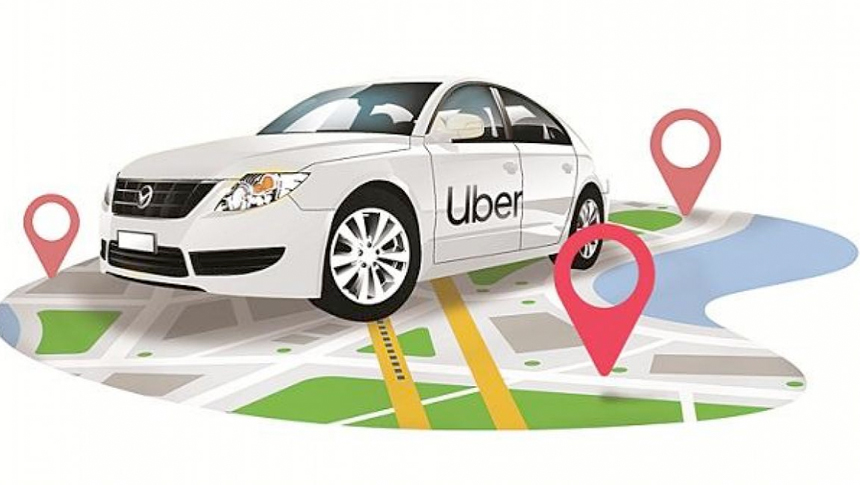Given the current nonstop frenzy around cryptocurrencies these days, when we think of blockchain, most narrowly tend to think about its impact largely on the financial industry. But I do believe, in the distant future, it will have a huge impact on the digital advertising and marketing industry, just like it has the potential to impact every industry, from healthcare to governance to even charitable giving.
Remember I said “distant future”. But without getting into when exactly this will happen, let us understand what is happening today and what it can promise. For that, let us first dive into the shit storm brewing slowly but steadily in the digital industry.
- First, there are advertisers who are pissed about all kinds of ad fraud (bots, ad-stacking, adware plugins, cookie stuffing). These issues are plaguing the ecosystem today. Last year, research showed bots alone cost companies more than $7bn in damages.
- Second, publishers are freaking out over their users using ad-blocking software. Again, research shows that in the beginning of 2017, there were 615 million devices blocking ads worldwide. 308 million of those were mobile. And it certainly didn’t help when this year Google confirmed its intention to add a new feature to its Chrome web browser that will block certain types of ads from being seen by users, and in some cases, can block all the ads on websites that don’t meet certain standards. However, Google is posturing and claiming that it wants to work with publishers to help them understand what kinds of ads will no longer be acceptable, and that the standards being built into the browser come from an industry group coalition for better ads, and not from Google itself. Still, it doesn’t take a genius to realise that publishers are very nervous because the parent company of this seemingly novel activity itself controls a significant share of the online ad market.
- And finally, there are users, who are are not only irritated with those pesky ads grabbing real estate, but are also irritated with the expensive data these ads consume on their devices. Little wonder then that 94% of mobile ad blocking takes place in the Asia – Pacific region, where data charges by Telcos is still considered expensive by most consumers.
Theoretically, blockchain was conceived to deal with this exact situation.
For advertisers, because the chain is transparent and encrypted, blockchain’s digital ledger system allows for tamper-proof view of every impression, placement moving through the digital supply chain. Allowing advertisers and their agencies to get a dashboard view and certification of where every impression or click has come from, where it changed hands from its point of origin, and whether it is legit or not. Basically it will help advertisers re-establish trust with their ad buys.
For publishers, one great example is removing the middleman, like ad netowrks, from the equation and increasing their own revenue by dealing with advertisers directly. The reason publishers require ad networks is to validate their users and access the millions of advertisers on the ad networks platform. Basically for advertisers to trust lots of publishers today, they need an ad network as an intermediary, the largest being Google and Facebook. GDN, Google Display Network or AdSense made $4bn dollars last year by playing ’middleman’. Google on its website claims it keeps 32% of the share for AdSense for content.
If advertisers trusted publishers, they could do away with middlemen like Google and actually reduce the cost of reach, or increase the publishers revenue, or in an ideal world, do a bit of both. But they don’t because without the middleman acting as a validator, the advertiser has no real way to verify or believe the publisher for say not scamming them to boost its own revenue at the expense of the advertiser. In comes referee blockchain, who can verify that every user is a genuine user with 100% accuracy, and verify that the publisher is only charging the advertiser for genuine clicks through to their site. Publisher is happy, advertiser is additionally relieved.
With better advertiser, publisher trust, and increased revenue, publishers start focussing on better audiences and better content, and well targeted advertising and avoiding substandard formats and excessive in your face ads that annoy users. Everyone is doing cartwheels; well except the middleman.
But hold on a minute. In July 2016, Gartner, in its annual ’Hype Cycle for Emerging Technologies’ report, identifies blockchain as right around the ‘peak of inflated expectations’, right behind ‘connected homes’. That means blockchain is steadily approaching the point where it plummets into a trough of disillusionment before it emerges up again. And they have real reasons to play party poopers in the wave of optimism that we just went through.

For the digital advertising ecosystem, compared to the millisecond response times required to return an ad in the case of real time bidding, now is too fast for blockchain technology to keep up with. Because of its inherently distributed, peer-to-peer nature, blockchain based transactions can only complete when all parties update their respective ledgers. And that’s a process that can take hours. For example, an ethereum based blockchain can process 20 transactions per second. So while some companies have started toying with it, mainstream adoption is a little far away since of its latency issues and the fact that it cannot be used across diverse types of transactions.
And while blockchain deals with those issues, let us not forget the task of re-morphing into the industry to get advertisers and publishers to talk directly with each other again, in place of communicating via a middleman.
Lastly, fraud always finds a way to re-emerge. If there is a new game in town, fraud will always come along with new tricks.
Ben Feldman, the Vice President of Technical Cperations at New York Interactive Advertising Exchange (NYIAX), which claims to be the world’s first exchange-based media trading platform to be powered by blockchain technology, said it best in an interview recently, “The reality is that blockchain is a great tool, but just like a hammer is a great tool, it doesn’t work well as a screwdriver. The immutable nature of blockchain means that business practices, which previously have allowed for changing entries at will, won’t have that luxury, and may need to be re-designed. At the same time, there are some complexities when it comes to public and private keys, which need to be understood and implemented properly.”
So can blockchain address the issues facing the digital advertising and marketing ecosystem today? Yes. Establishing trust with ad buys, targeting audiences better, improving transparency, and removing the middlemen so that advertisers and publishers benefit, makes it a no-brainer.
But this transformation won’t happen immediately or auto-magically. From a point of view of technology, it will have to solve its latency issue, from adoption, all participants need agree and follow the new processes and face the brave new world ahead of us.



